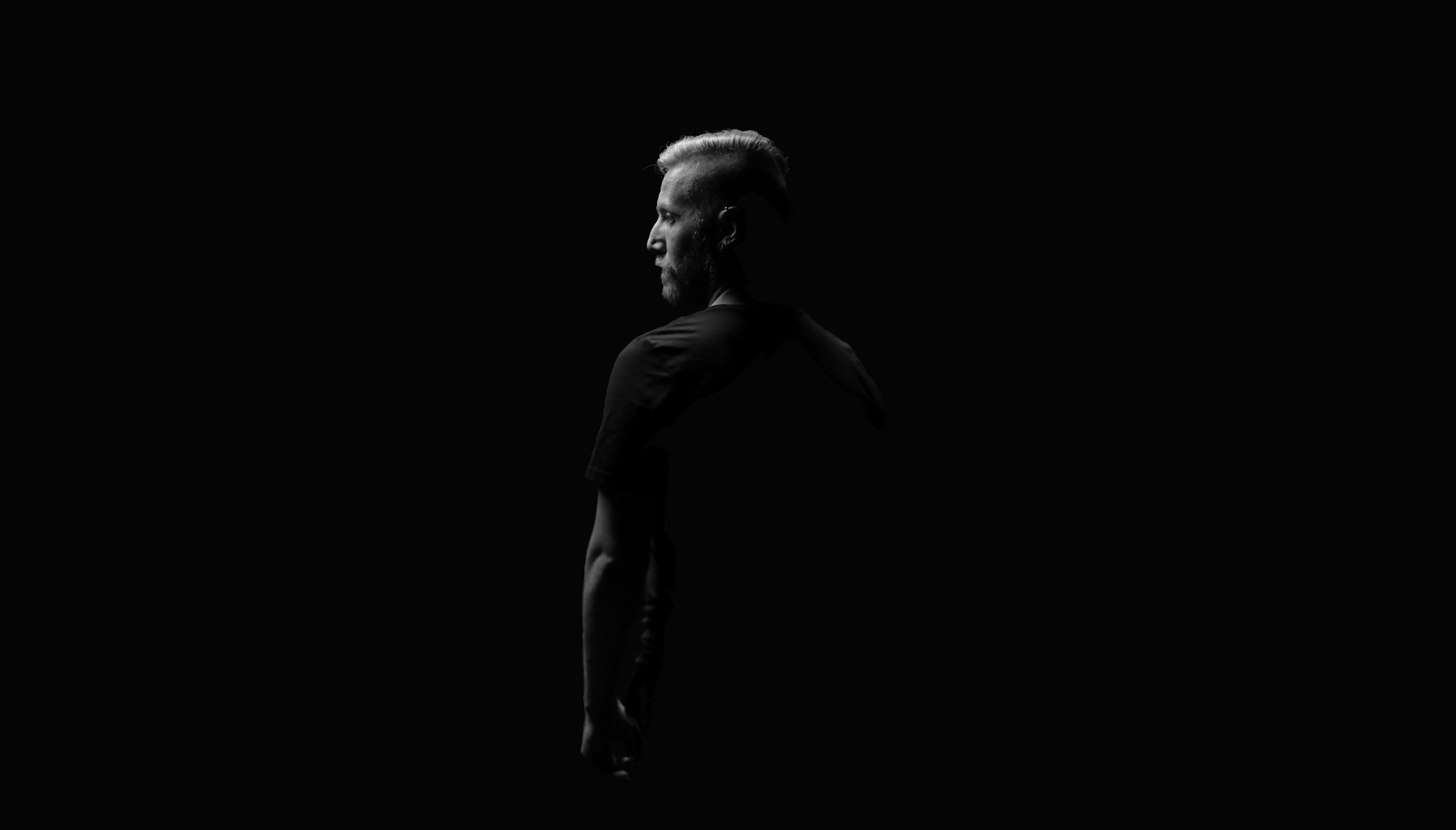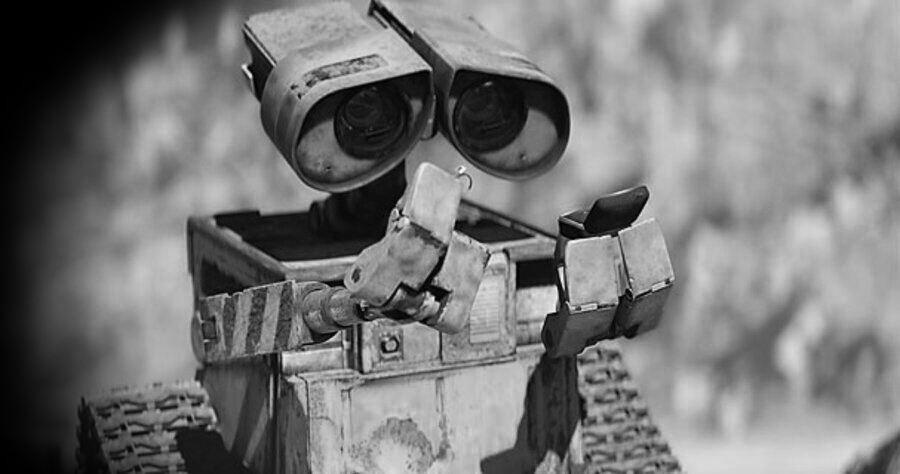Disney & Pixar Studio’s newest computer animated film, Wall-E (2008), is in short a film about human wonder and spirit. The story follows, Wall-E, a garbage compacting ‘clean-up’ artificial intelligence robot with an over-powering sense of self-awareness and wonder which bridges the relatability gap to his audience.
Wall-E is very early illustrated as a ‘worker’ robot, stuck in a situation inescapable by him until new elements of the story come together to rocket him towards a new potential life full of danger and the influence of an emotion so pivotal in film success – love – of which we get to follow along and experience with him.
In a robotic context, love is seemingly impossible, but the characters that are story-centric (Wall-E & Eva), are developed into almost sentient beings, regardless of their mandated missions (which still surface throughout the movie in sometimes comical scenarios and sometimes manifesting through exposure to danger) – reminding us that title characters can not only save worlds, but also be the catalysts in the destruction of them.
The film also serves as a warning to the viewer – depicting the premise of a humanity devastated world wherein we have had to resort to space travel (or ‘space cruises’) in order to sustain our species because of our own destructive nature. Strategically and comically, humanity is framed as a buffoon species – unable to care or look after ourselves. This sets the tone for why the title characters act as the main actors throughout the film – assisting in the re-realization of civilization and saving us from the villain(s), both humans themselves and the co-captain robot, who has been designed to make decisions on our behalf, once again illustrating human buffoonery.
Elements of filmmaking that make this movie enjoyable would include the development of robotic human-like characters that mirror human characters – the love struck lead characters, the villainous at any cost bad guy in contrast to the ‘ignorant to their actions’ villain in humanity, the helpers in the form of both robot and human, and the storyline that they execute where under desperate odds that the world is saved and love prevails – which occurs after the hero seemingly fails and overcomes his obstacles.
These elements of storytelling are almost mandatory points in any type of romantic structured storyline that make it ‘believable’ (in a suspension of reality context) and ‘relatable’ – which is why an audience develops connections or care about the characters – they have an emotional connection developed to the characters through experiencing their peril, struggles, and quirks – which Pixar, as usual, executes almost flawlessly in unison with extremely talented actors for the voice work – and considering that half of the movie is dialogue free, conveying sounds that emote feeling is very hard to do but equally as hard to do is executing the story through animation without that dialogue which given the relative constraints of animating robots, was executed in a fashion that still makes you feel like the character is ‘alive’.
The success of this film though, does not lie in only these elements – the success of Wall-E (2008) would (in my opinion) primarily credited to the storytelling team given that they had to create characters, story elements, environments, and a sophisticated enough edge that would appeal to both audiences of a younger demographic, as well as a more mature-minded adult audience without incorporating elements of the story that would raise it’s film rating above and out of reach of that younger audience.
Wall-E (2008) gets the 4 out of 5 star rating from me that it did for it’s ability to capture wonder, creating a robot to human relatability bridge in it’s lead characters, forecasting potential warnings/dangers to humanity, and with it all done within the context of a cute entertaining film that stirs a number of emotions.
★ ★ ★ ★ ☆
Note:
This review was originally written as part of an academic admissions submission in Q1 2016.


